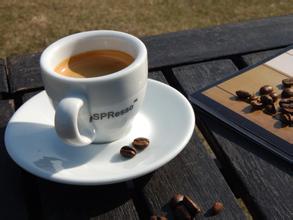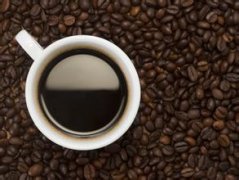Basic knowledge of boutique coffee five commonly used coffee sugars
The same cup of black coffee with different sugars will have a very different flavor. Among them, white sugar, square sugar, white granulated sugar, rock sugar and yellow sugar are the most common types.
Cotton white sugar: no impurities, pure taste, low sweetness, easy to dissolve. Square sugar: made from cotton white sugar, the dissolution efficiency is slightly lower than cotton white sugar, but the texture is strong, suitable for blending flavor. White granulated sugar: insoluble, warm and moist, easy to agglomerate. Rock sugar: it is a crystal reproduct of white granulated sugar with the purest taste, which is both an advantage and a disadvantage-some people think that the taste of rock sugar is not rich enough. However, according to the point of view of traditional Chinese medicine, ice sugar flat, into the lung, spleen meridian, Buzhong Yiqi, and stomach moistening lung, moistening lung cough and other effects, for coffee is a very good benefit. Yellow sugar: also known as crude sugar or yellow granulated sugar, is a sugar cane as the raw material of the product, low solubility. The brown sugar is not only darker in color (the longer the cooking time is, the darker the color is), but also has a certain caramel flavor. Yellow sugar has high sweetness and mellowness, because it is rich in substances and has a unique flavor besides sweetness. Some coffee lovers are happy to figure out which specific flavors of coffee are suitable for brown sugar.

Important Notice :
前街咖啡 FrontStreet Coffee has moved to new addredd:
FrontStreet Coffee Address: 315,Donghua East Road,GuangZhou
Tel:020 38364473
- Prev

Fine coffee beans grown at altitude on coffee
As the birthplace of tea culture in China, the idea of good tea from high mountains is deeply rooted in people's hearts. Therefore, if it is mentioned that good coffee comes from high mountains, there should be many people who agree. In fact, many low-altitude areas can also produce top-quality coffee. Under the premise that the four elements of temperature, rainfall, terrain and soil are complete, coffee trees especially like the microclimate characteristics of frequent fog and large temperature difference between day and night.
- Next

The basic chemical reaction of coffee knowledge during coffee roasting.
Many thermal and chemical reactions take place during baking: decarbonation, dehydration of quinic acid, subdivision, isomerization, polymerization, and complex sugar reactions (caramelization). The main components of the thermal reaction are monosaccharides and sucrose, chlorogenic acid, free amino acids, and fenugreek amide. Both aravinose and calactose in the polysaccharides are transferred, and the basic vulcanization process includes hydroxylamine.
Related
- Beginners will see the "Coffee pull flower" guide!
- What is the difference between ice blog purified milk and ordinary milk coffee?
- Why is the Philippines the largest producer of crops in Liberia?
- For coffee extraction, should the fine powder be retained?
- How does extracted espresso fill pressed powder? How much strength does it take to press the powder?
- How to make jasmine cold extract coffee? Is the jasmine + latte good?
- Will this little toy really make the coffee taste better? How does Lily Drip affect coffee extraction?
- Will the action of slapping the filter cup also affect coffee extraction?
- What's the difference between powder-to-water ratio and powder-to-liquid ratio?
- What is the Ethiopian local species? What does it have to do with Heirloom native species?

